#Science-fiction
Text
#Star Wars#Mass Effect#Transformers#Destiny#Halo#Star Trek#science-fiction#lore#history#public opinion#Star Wars: Knights of The Old Republic#Mass Effect 2#Transformers: The Covenant of Primus#Destiny 2#Halo: Combat Evolved#Star Trek: Enterprise#Star Wars: The Old Republic#Mass Effect 3#Transformers: Generation 1#Halo 2#Star Trek: Voyager#Star Wars: The Clone Wars#Destiny: The Taken King#Transformers 2007#Halo 3#Star Trek: The Next Generation#Star Wars: Plagueis#Transformers: Exodus#Destiny 2: The Witch Queen#Halo Reach
9K notes
·
View notes
Text
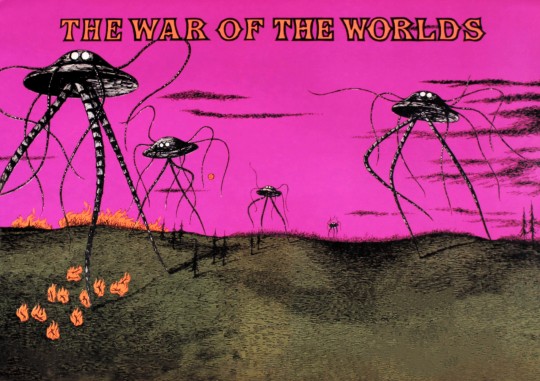
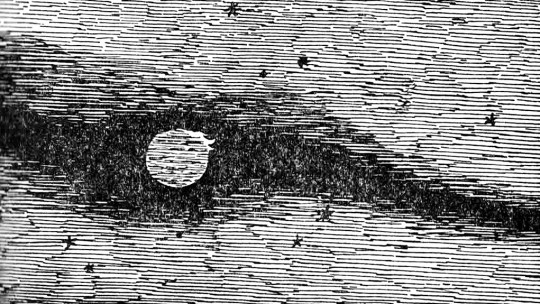
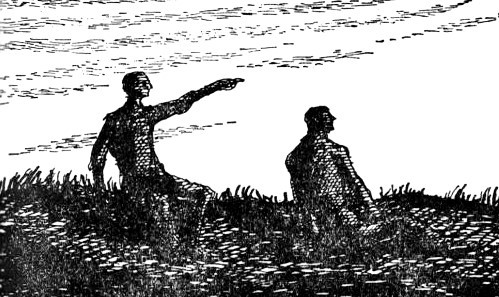
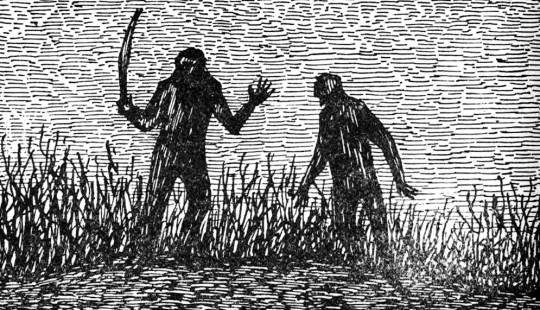
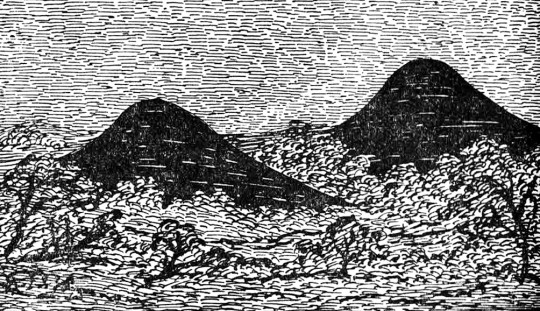
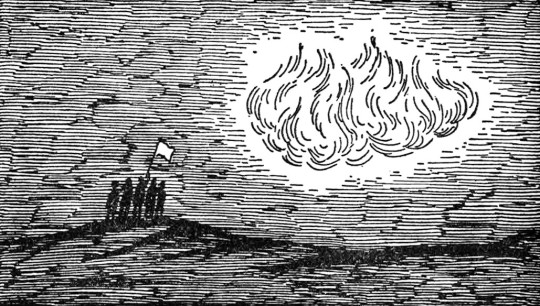
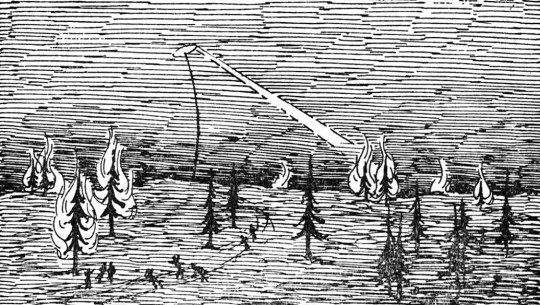


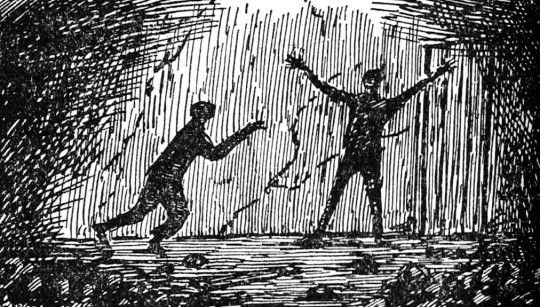
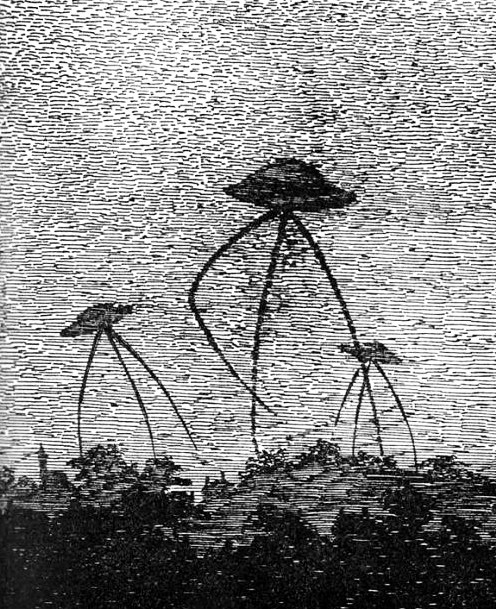
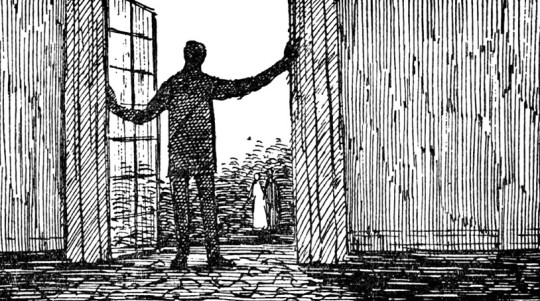


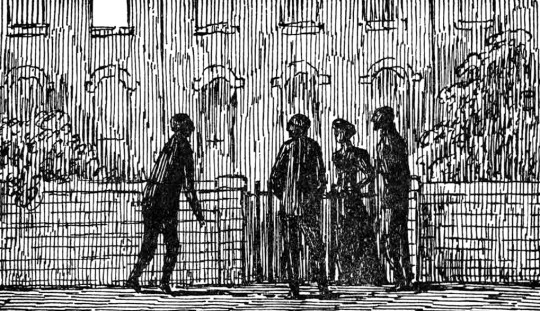
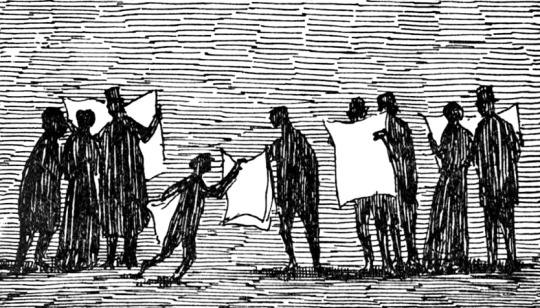
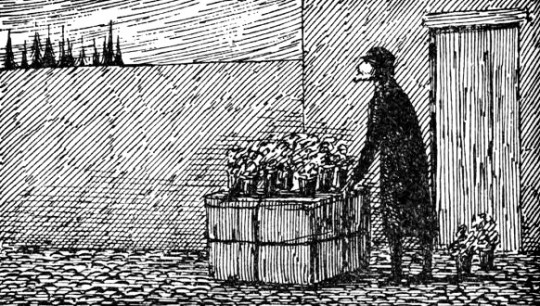

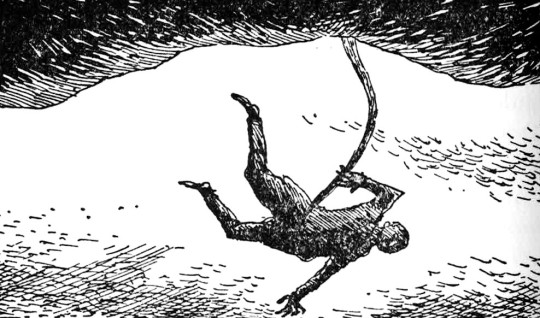
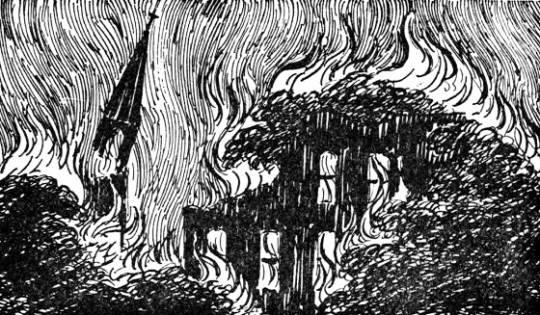

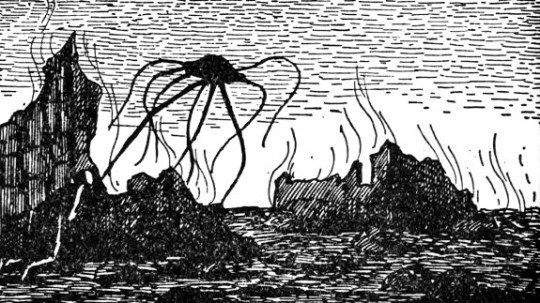
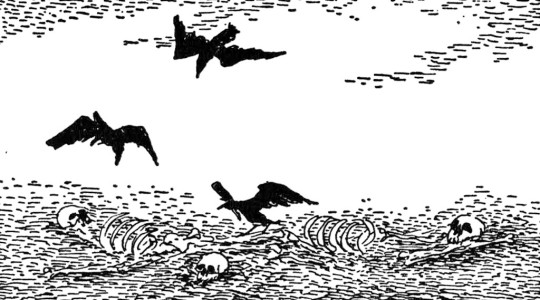


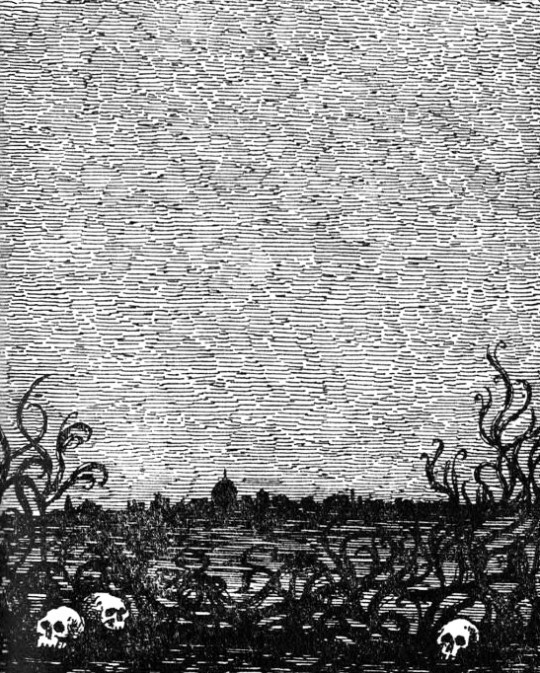
The War of the Worlds - art by Edward Gorey (1960)
#edward gorey#the war of the worlds#h. g. wells#book illustrations#60s sci-fi art#sci-fi novels#science-fiction#martians#1898#sixties#1960
4K notes
·
View notes
Text
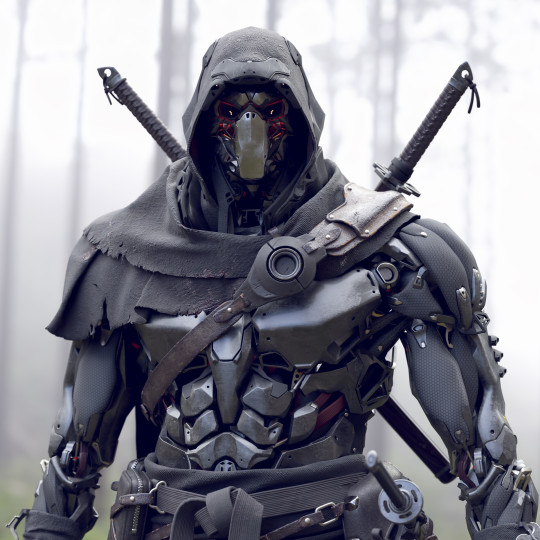

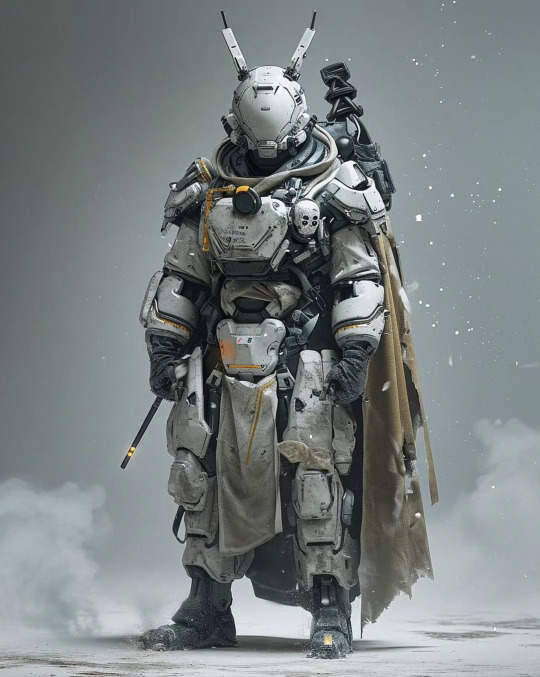






Various Cyber Soldiers 176
205 notes
·
View notes
Text
Idées de métiers originaux pour vos personnages de rpg
Pour aller au-delà des habituels vendeur·se·s, serveur·se·s, journalistes, écrivain·e·s, tatoueur·se·s et autres métiers que l'on voit régulièrement en forums rpg, je vous ai fait une liste de métiers originaux avec, je trouve, un certain potentiel.
Sage-femme, accoucheur·se
Couturier·e
Cultivateur·ice, fermier·e, pêcheur·se, jardinier·e, vigneron·ne
Éleveur·se
Explorateur·ice
Boucher·e
Humoriste
Chirurgien·ne
Cocher·e
Fléchier·e, arbalétrier·e
Gardien·ne de prison
Majordome
Médecin légiste
Facteur·ice
Conseiller·e funéraire
Souffleur·se de verre
Vitrailliste
Thanatopracteur·ice
Restaurateur·ice de livres
Tailleur·se de pierre
Comédien·ne de doublage
Chauffeur·se de salle
Pilote de voitures, de drones
Ingénieur·e, analyste, technicien·ne
Community manager, rédacteur·ice, conseiller·e en communication
Archéologue
Luthier·e
Taxidermiste
Palefrenier·e, cavalier·e, soigneur·se, maréchal ferrant
Croupier·e
Météorologue
Secrétaire, hôte·sse d'accueil
Comptable
Dentiste, ophtalmo, pharmacien·ne
Marin, baleinier·e, gardien·ne de phare
Vétérinaire
Éditeur·ice, imprimeur·se
Mineur·se
Historien·ne
Cartographe
Apiculteur·ice
Parfumeur·se
Garde-chasse
Acupuncteur·se
Conseiller·e immobilier
Guide touristique
Masseur·se
Pompier·e
Toiletteur·se animalier
Mime
Coiffeur·se
Inspecteur·ice de l'hygiène
et des plus fantasy/médiévaux
Fabricant·e de baguettes
Explorateur·ice
Ménestrel, conteur·se
Fou·Folle du roi
Cartographe
Percepteur·ice
Prophète, chiromancien·ne, cartomancien·ne
Valet
Héraut
Arcaniste
Chasseur·se de sorcières
Griffonier·e
Faux-monnayeur·se
et des plus SF
Animatronicien·ne
Aéronaute
Concepteur·ice de droïdes
Cosmonaute
#ressources rpg#identité#métiers#rph#forumactif#forumotion#forums rpg#forum rpg#fantasy#science-fiction
144 notes
·
View notes
Text
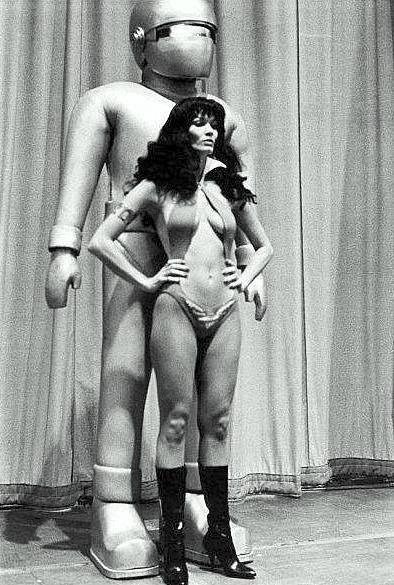
GORT and VAMPIRELLA (Barbara Leigh). 1975
Photo uncredited.
#vampirella#barbara leigh#gort#the day the earth stood still#robots#giant robots#science-fiction#science fiction#sci-fi#sci fi#sci fi movies#vampire#vampires#vamps#horror#klaatu#klaatu barada nikto#pulp science fiction#pulp horror#horror comics
197 notes
·
View notes
Photo
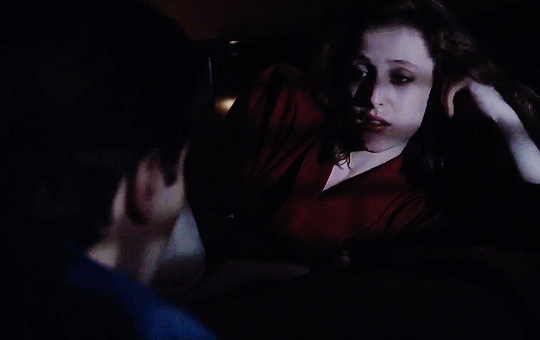
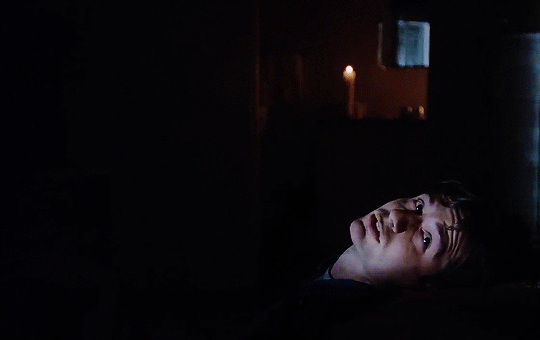


I believe that I sat in a motel room like this with you when we first met and I tried to convince you of the truth. And in that respect, I succeeded, but...in every other way...I failed.
Mulder, you say that you've failed but you only fail if you give up. And I know you -- you can't give up. It's what I saw in you when we first met. It's what made me follow you...why I'd do it all over again.
↳ THE X-FILES - 1x01 | 9x20
#the x-files#x-files#david duchovny#gillian anderson#gillian and david#fox mulder#dana scully#mulder and scully#mulder x scully#sci-fi#science-fiction#chris carter#the x-files 1x01#fbi#i want to believe#alien#aliens#the truth is out there#television#tv#agent mulder#agent scully#spinninwiththestarscreations
888 notes
·
View notes
Text
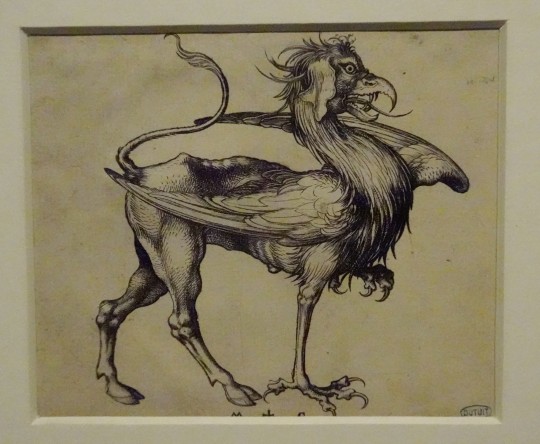


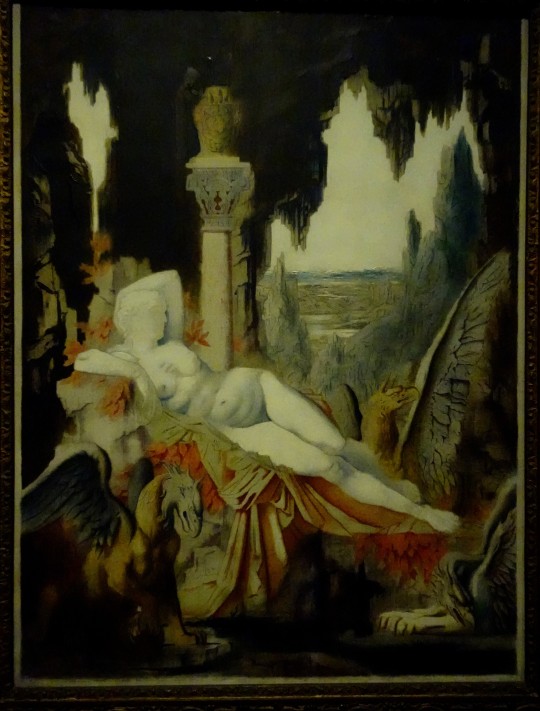
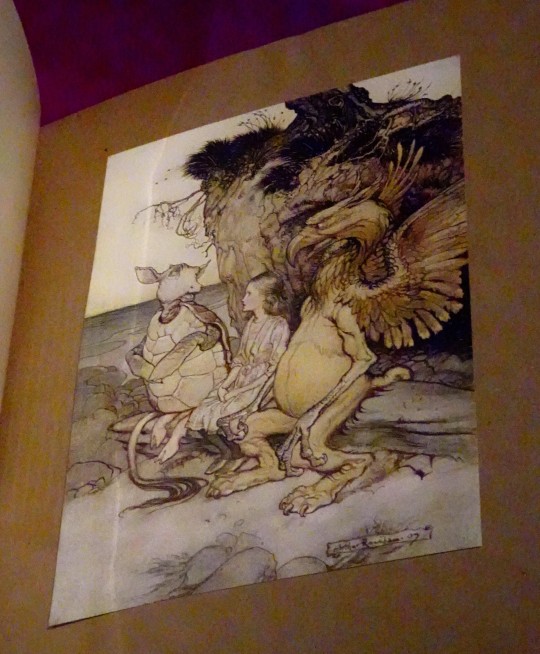


Il y a une petite quinzaine, je suis allé avec Julien et Katie, au Louvre-Lens pour une expo temporaire : “Animaux Fantastiques”. Une très belle expo ! Ici des griffons :
Martin Schongauer - "Le Griffon"- Alsace, 1490
Philippe Druillet - "Le Chevalier Aurore"
Gustave Moreau - étude de griffon pour ''Oreste et les Erinyes"
Gustave Moreau - '"Fée au griffon"
Arthur Rackham, illustration pour le livre de Lewis Caroll - "Alice au Pays des Merveilles"
les 2 dernières : Claire Fanjul - "sphère céleste en calice"
#expo#louvre-lens#animaux fantastiques#monstre#créature#griffon#martin schongauer#alsace#renaissance#druillet#philippe druillet#science-fiction#sci-fi#gustave moreau#oreste#érynies#fée#rackham#arthur rackham#lewis caroll#alice#alice in wonderland#alice au pays des merveilles#claire fanjul
18 notes
·
View notes
Text
My Undying Love for 'The Dying Earth'
Hola, fear friends. Today I’d like to regale you with tales of a book that utterly bewitched me when I was a kid, and still does to this day – Jack Vance’s fantasy classic “The Dying Earth.” This tome of science fantasy is a supernova in the literary cosmos, and presents a world so wondrously peculiar that it has long ago permanently embedded itself in my memory. Brace yourselves, for I am about…

View On WordPress
11 notes
·
View notes
Text

Bela Lugosi in The Invisible Ray 1936
18 notes
·
View notes
Text
Nimona (Netflix 2023)
I loved the comic by ND Stevenson.
I loved this movie too, right up to the end, even though it was clearly its own take on the story. 90% of this movie, maybe 98% of this movie, did more or less everything I wanted. The actors, animators, and writers did a marvelous job. Then, at the very end, the movie really frustrated me.
I can’t meaningfully talk about this movie, and how I feel about it,…

View On WordPress
24 notes
·
View notes
Text
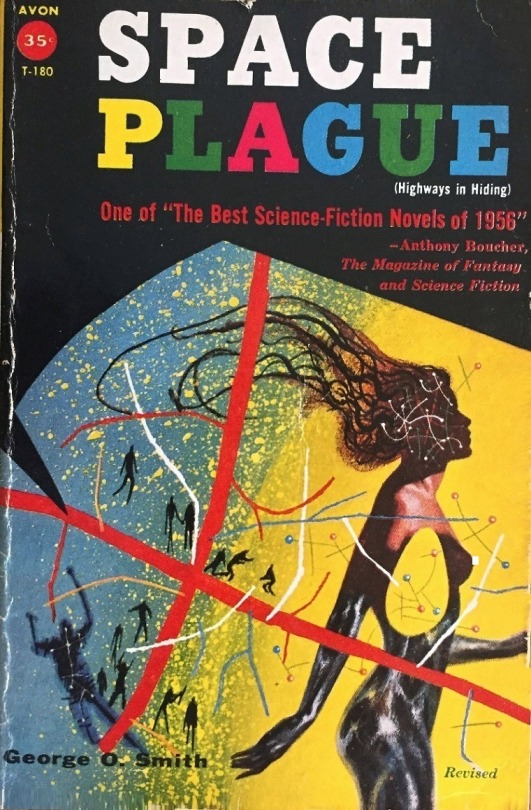
George O. Smith - Space Plague - Avon - 1956 (cover art by Richard Powers)
#witches#plaguers#occult#vintage#space plague#avon books#science-fiction#novel#revised#highways in hiding#george o. smith#richard powers#1956
25 notes
·
View notes
Text
Don’t forget to reblog your FAVORITE starship!
#science-fiction#public opinion#starships#space ships#space ship designs#starship designs#designs#Star Trek#Star Wars#Transformers#Halo#Mass Effect#Battlestar Galactica#Killzone#The Orville#Alien#EVE#StarCraft#Destiny#Prometheus#Halo: Combat Evolved#Killzone 2#Star Trek: Deep Space Nine#EVE: Online#Mass Effect 3#Star Wars Episode VI: Return of The Jedi#Transformers IDW#StarCraft II#Destiny 2#Halo 4
22 notes
·
View notes
Text

Warrior of Llarn - art by Frank Frazetta (1964)
#frank frazetta#warrior of llarn#60s fantasy art#60s sci-fi art#pulp art#sci-fi novels#gardner fox#science-fiction#cover art#sixties#1964
263 notes
·
View notes
Text





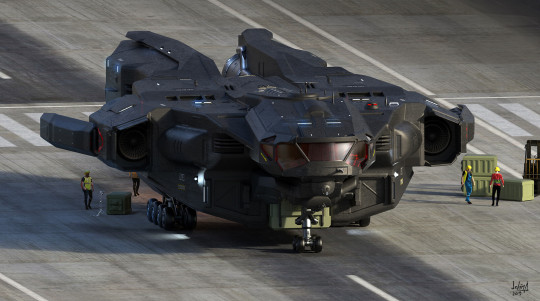


Air Force of the Future 23 - Dropships
168 notes
·
View notes
Text
What is it with aroace and their obsession with science-fiction (it's me i'm aroace)
#asexual#ace#aroace#aromantic#aro#asexuality#aromantism#queer#lgbt#lgbtqia#science-fiction#science fiction#SF#aro weeek#aro week#demiromantic#lesbian
101 notes
·
View notes
Text
Read-list for an "old school D&D" fantasy (plus bonus)
This is a remake of an earlier post of mine, that I decided to update (some additional books were suggested to me, others I found out about later).
This is a reading-list of various literary works that heavily inspired or were heavily used in the creation of the first editons of Dungeons and Dragons - and thus, reading them will allow you to plunge back into what the original D&D was meant to look what/what it tried to emulate.
J.R.R. Tolkien's "The Lord of the Rings" and "The Hobbit". No surprise here, Tolkien's works were the start of modern fantasy and thus the main source of old-school D&D. In fact, D&D was originally created to be just a Lord of the Rings role-playing game - or to be precise a LotR wargame. This was the original intention. Which is why, quite famously, the very first version of D&D included elements such as the hobbits, the mithril and the balrogs. And when the Tolkien Estate pointed out the consequences of what was plagiarism, D&D changed these concepts to... "halflings", "mithral" and "balors". The only Tolkien-element D&D could preserve vaguely unchanged were the orcs, because the Tolkien Estate could not prove Tolkien had invented the term "orc". But even beyond that, D&D's dwarfs and elves and ents (sorry, treants) and wights and rangers all were heavily inspired by Tolkien - the gods of the orcs even use symbols such as an "eye of fire" and a "white hand"...
Poul Anderson's "Three Hearts and Three Lions". Poul Anderson was quite influential on early 20th century fantasy, and this specific book influenced D&D in three ways. On one side, it was one of the two sources for the "Order versus Chaos" conflict of D&D (the other being Moorcock). On the other the D&D trolls were inspired by the Three Hearts and Three Lion trolls. And finally the Paladin class was inspired by Anderson's Holger Carlsen character (the same way the Ranger was Tolkien's Aragorn). [This book also seems to have had some influence over the Fey of D&D?]
Michael Moorcock's "The Elric Saga". With Anderson's work, it was the other main source of the Order vs Chaos, Lawful vs Chaotic division of the D&D game. It also served as the main inspiration behind the D&D Drows, due to the Elric Saga shaping the original image of "Dark Elves" in fantasy, through its Melnibonéan Empire. D&D also originally collected references to the Elric world - creating many variation of Elric's evil magical sword Stormbringer through a variety of cursed soul-drinking weapons.
Robert E. Howard's "Conan the Barbarian". The source of heroic-fantasy the same way Lord of the Rings influenced epic fantasy, the world of Conan was also a huge source of inspiration for D&D - the most obvious reference being the Barbarian class, shaped for those who wanted to play Conan.
Fritz Leiber's "Fafhrd and the Gray Mouser". Originally intended as a parody of the Conan-style heroic fantasy, but promptly becoming a serious and admired work that created its own sub-genre of fantasy (the "sword and sorcery" genre), they also were inspirational for the first editions of D&D. Sometimes it is indirect - the "Thief" or "Rogue" classes were inspired by Leiber's Gray Mouser character - other times it is MUCH more direct. For example, among the numerous pantheons you could choose to use in early D&D, one was the various gods of Newhon and the city of Lankhmar, the universe of Fafhrd and the Gray Mouser. And the fantasy trope of "Thieves' Guild" made famous partially by D&D was originally an invention of Leiber.
Jack Vance's The Dying Earth. This emblematic series of the "science-fantasy" genre offered to D&D its magic system, which is generally known as "vancian magic". It was Jack Vance who had the idea that a wizard had to learn/store spells in their mind, with a limited number of spells they could carry in their brain, and that once cast the spell had to be re-learned or restored. Several spells and items of early D&D were also directly taken from the Dying Earth books - the "prismatic spray" or the "ioun stones".
H.P. Lovecraft's "Cthulhu Mythos". No need to explain how Lovecraft's brand of eldritch horror and alien-fantasy shaped the creatures and deities of early D&D, to the point that early on the deities and monsters of the Cthulhu Mythos were part of the pantheons you could chose to use - listed alongside the Newhon gods of Leiber, or the gods of the Conan universe.
While not fantasy works, the most famous creations of Edgard Rice Burroughs - Tarzan on one hand, and John Carter of Mars on the other, were claImed by Gygax to have been very influential to his creation of D&D.
Another author Gygax mentionned as being a huge influence for D&D was Fletcher Pratt - through his Harold Shea fantasy series, about a main character being carried away in various magical and fantastical worlds very different from each other, in which he has to adapt himself to new settings and learn new rules to avoid dangers and threats... Sounds familiar? The idea of world-travelling might also have been inspired by the science-fiction series by P.J. Farmers' World of Tiers: the rules of travel in D&D between the various planes of reality seem to have been inspired by Farmers' own rules for dimension-travel.
One of the lesser known influences of D&D is the fantasy series "Kothar" by Gardner Fox: Gygax explicitely said that the idea of the "Lich" as a D&D monster came from Fox's Kothar series.
Not a book, but movies: the Sinbad movies of the mid 20th century were influential on early D&D. Various monsters and creatures referenced pictures such as "The 7th Voyage of Sinbad" or "The Golden Voyage of Sinbad".
"The House on the Borderlands" by William Hope Hodgson was explicitely referenced by Gygax's 1979 module "The Keep on the Borderlands", and it might have heavily influenced the original depiction of the D&D orcs as pig-men...
The Shannara series by Terry Brooks has also been pointed out as an influence on D&D - while not on the very first edition, elements of the Shannara world seem to have influenced later ones...
Mind you, this is but a fragment of a much longer list known as the "Appendix N" composed by Gygax, and that lists all the books and pieces of work he took inspiration from when designing D&D. Beyond the most famous works evoked above he also listed:
Poul Anderson's "The High Crusade" and "The Broken Sword"
John Bellairs' "The Face in the Frost"
Leigh Brackett's works
Fredric Browns' works
I evoked before Burrough's Mars series, but Gygax also listed his "Venus series" and his "Pellucidar series".
Lin Carter's "World End" series
L. Sprague de Camp's "Lest Darkness Fall" and "The Fallible Fiend" and "The Carnelian Cube"
August Derleth's continuation of the Cthulhu Mythos.
Lord Dunsany's writings, of course.
Gardner Fox's "Kyrik" series
Sterling Lanier's "Hiero's Journey"
A. Merritt's "Creep, Shadow, Creep", "Moon Pool" and "Dwellers in the Mirage"
Michael Moorcock's "Hawkmoon" series (which is technically part of the wider universe of which the Elric Saga is the central piece)
Andre Norton's works
Fletcher Pratt's "Blue Star"
Fred Saberhagen's "Changeling Earth"
Margaret St. Clair "The Shadow People" and "Sign of the Labrys"
Stanley Weinbaum's works
Manley Wade Wellman's works
Jack Williamson's works
Roger Zelazny's "Amber" series, and "Jack of Shadows".
In 2007, Gygax even updated his Appendix N with a handful of new titles reflecting elements added to later editions of D&D:
Sterling Lanier's "The Unforsaken hiero"
Piers Anthony's "Split Infinity" series
And of course, Terry Pratchett's Discworld series
And since this post is all about updates, I will also include a list of works that were used as inspiration for current day/modern D&D - especially the fifth edition. Like that, you'll have the evolution of "old school D&D versus new school D&D". This list is taken from fragments here and there of interviews given by Mike Mearls, the Appendix E "Inspirational Reads" of the fifth edition, and Rodney Thompson's interviews.
Appendix E replaces several elements Gygax talked about in interviews or in his Appendix N: Leiber's work, Burroughs's Mars series, Howard's Conan, etc...
Appendix E adds among other things China Mieville's "Perdido Street Station", and Elizabeth Bear's "Range of Ghosts".
Mike Mearls said that what inspired him in his design work of modern D&D was Ursula LeGuin's "Earthsea" series, Patrick Rothfuss "The Name of the Wind", Saladin Ahmed "Throne of the Crescent Moon" and Octavia E. Butler's "The Parable of the Sower".
But Mearls also repeated several of the picks already used by Gygax. He invoked again The Elric Saga, and Roger Zelazny's Amber series, and Tolkien's Legendarium of course...
Rodney Thompson rather insisted on returning to the Anderson roots of the D&D fantasy: mostly "Three Heart and Three Lions", but also "The Broken Sword".
#fantasy#fantasy books#fantasy literature#d&d#old school d&d#dungeons and dragons#modern dungeons and dragons#inspiration#gygax#mike mearls#rodney thompson#appendix n#modern d&d#read list#reading list#science-fiction#science-fantasy
19 notes
·
View notes